What is the Banff Railway Lands Area Redevelopment Plan?
The Town of Banff is located in Canada’s oldest, and arguably most beloved National Park, and it’s considering some pretty big changes to the townsite in the form of an Area Redevelopment Plan (ARP). The new ARP — called the Banff Railway Lands Area Redevelopment Plan (BRARP) — features a not insignificant 17.4 hectares of redevelopment in the “Railway Lands” site, which contains the historic Banff train station and associated grounds.
Unfortunately, in its current form, the ARP is short-sighted and unsustainable — offering few benefits to the public and damaging sensitive ecosystems, including both Critical Habitat and key wildlife corridors. Now that the ARP is on its way to a second reading, however, there's an opportunity to create a vision for a multi-modal transit hub that showcases the community's strong environmental values at the entrance of the National Park.
we can create a community-driven vision
Let's be collaborative, for Banff
Our National Parks are public lands that belong to all of us. Alongside Parks Canada, we can steward a sustainable future for them, if we make choices that prioritize their ecological integrity — and not the private profits of a single company. The Railway Lands Area Redevelopment Plan is an exciting opportunity to help the Town of Banff, and the National Park, flourish. How? By crafting an ARP that allows for:
“B”
Broader Ecological Consideration
“A”
Active, Accessible, and Affordable Public Transit
“N”
Near-Term Multi-Modal Transit Hub
“F”
Future-Thinking
“F”
Focused on Community
We know it isn't simple, but it is possible
Tackling perennial problems like traffic congestion in a National Park and UNESCO World Heritage Site that receives over 4 million visitors each year is a daunting task — and both the Town of Banff and Parks Canada have their work cut out for them, but have done an admirable job of implementing near-term options.
However, developing a comprehensive plan to improve public transportation — while addressing visitor impacts, and safeguarding the ecological integrity of the natural environment — is not a process that can be rushed. Its crucial not to delay strategic interim transit that can contribute to a broader, overarching vision; but, we cannot put the National Park ecosystem on the chopping block as we develop those bigger picture, long-term solutions.
And the BRARP can be a solution. The Railway Lands have the potential to become a multi-modal transportation hub that benefits residents and visitors, both human and wildlife.
Envisioning a plan for the Railway Lands necessitates balancing the current context at the same time as ensuring we remain adaptable and flexible, especially when Parks Canada is currently in the process of collecting data and designing a longer-term strategy for moving people sustainably in Banff National Park. Let's lay the groundwork for sustainable near-term solutions, and continue to engage with Parks Canada on this strategy, before committing to design and planning for large-scale infrastructure development that may not align with what Parks Canada deems appropriate for the Town and Park.
After reviewing both the aspirations and concerns voiced by stakeholders within the public engagement process, we've put together an alternative vision for the BRARP to emphasize the tremendous opportunity it holds.
Our Vision for the Banff Railway Lands Area Redevelopment Plan
Aspirational, Collaborative, and Sustainable
Broader Ecological Consideration
Creating a functional, welcoming transportation hub for Banff shouldn't necessitate further degradation of the Bow Valley's montane ecosystem — nor should it necessitate further encroachment into wildlife corridors that are integral to the National Park.
What's needed:
- Focus development away from the north side of the Railway tracks and associated wildlife movement zones;
- Incorporate timely preservation and restoration of affected and adjacent ecosystems — not just to offset the development, but as an important part of ongoing Town and Park maintenance;
- Ensure financially feasible restoration is a mandated component of future development proposals;
- Avoid further habitat fragmentation within the ARP lands and other lands adjacent to the townsite, with more concentrated and strategic area redevelopment;
- Complete montane wetland restoration;
- Incorporate planning and design solutions that recognize and address the dual crises of biodiversity loss and climate change.
Active, Accessible, and Affordable Public Transit
Any transportation hub must put the public good ahead of private interests, and ensure the mandated prioritization of ecological integrity is upheld. As it stands, however, fee structures and parking associated with the ARP hinge on an irresponsible gondola proposal extending well beyond the boundaries of the site and up Mount Norquay — a proposal which Parks Canada has turned down. Revitalizing public space should not require furthering a private developer's personal interests while compromising the social and environmental interests of the community.
What's needed:
- Prioritize infrastructure that offers affordable, accessible options — including buses, active modes of transit, with the potential for intercept parking at a reasonable scale;
- Improve traffic management with a focus on keeping the public safe amidst the likely increase in vehicle congestion to, from, and around the site, as well as surrounding attractions like Mount Norquay;
- Expand the capacity of the site for existing services, such as buses.
Near-Term Multi-Modal Transit Hub
Future Thinking
While there's no question that addressing vehicle congestion in the Town of Banff is an urgent concern, there's plenty of room for near-term solutions that don't risk the ecological integrity of the National Park — nor the ability of future generations to enjoy its beauty. On the other hand, there's less room for committing limited space (and resources) for large-scale projects, such as a gondola terminus, and an additional parking lot, that do not align with the National Parks Act, nor with future sustainable movement strategies.
What's needed:
- Focus on what we can do now, while planning for and protecting the Park's future;
- Ask strategic questions of both the Town and the project proponent, such as "Is this the right place for an amphitheatre and commercial space, in addition to a sizable transportation hub?"
- Hold decision-makers accountable to evidence-based planning and development — especially when it comes to the considerable lack of research to justify a terminus for a passenger rail line at this site; have other options been thoroughly explored? How do we know such a terminus will align with forthcoming sustainable movement strategies prior to their development?
Focused on Community
We've seen one vision for the Railway Lands, but there are countless alternatives — alternatives shaped by the interests and desires of the community, as opposed to just one company. Let's come together to craft a clear vision that focuses on providing a welcoming space for residents to use, while also connecting with visitors who want to appreciate both the Town and the National Park.
What's needed:
- Clean-up the Railway Lands site;
- Include accurate and meaningful commemoration and representation of Indigenous Peoples and culture, as directed by feedback provided by Treaty 7 Nations;
- Beautify and improve existing assets (what's already there), instead of pushing new commercial development that exceeds the mandated threshold;
- Showcase a community-driven vision for a National Park municipality that's committed to maintaining its ecological integrity, natural beauty, history, and culture..
TAKE ACTION
We need a community-driven vision for Banff
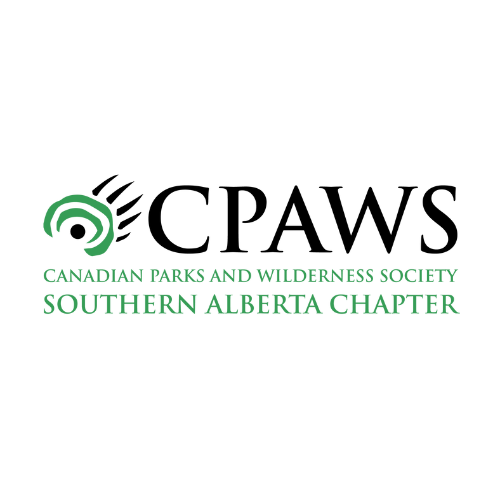
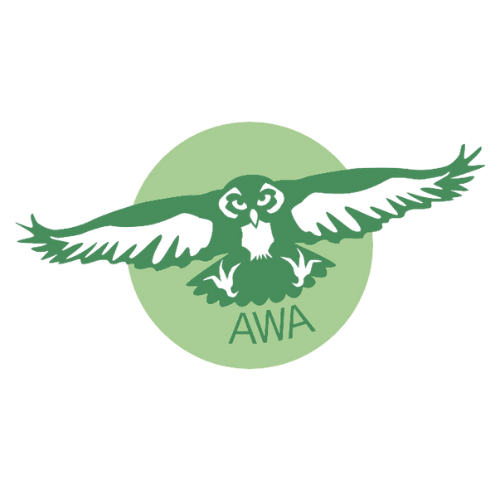
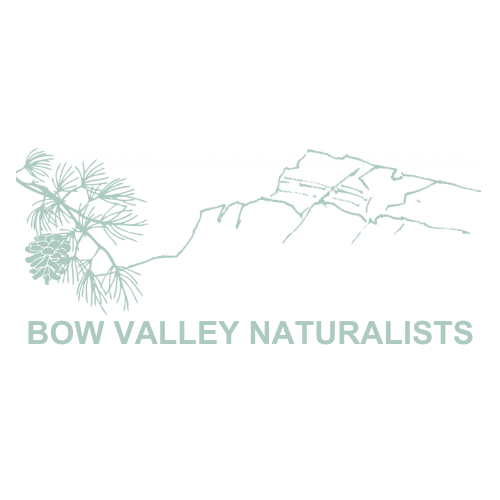
LEARN MORE
Related Articles
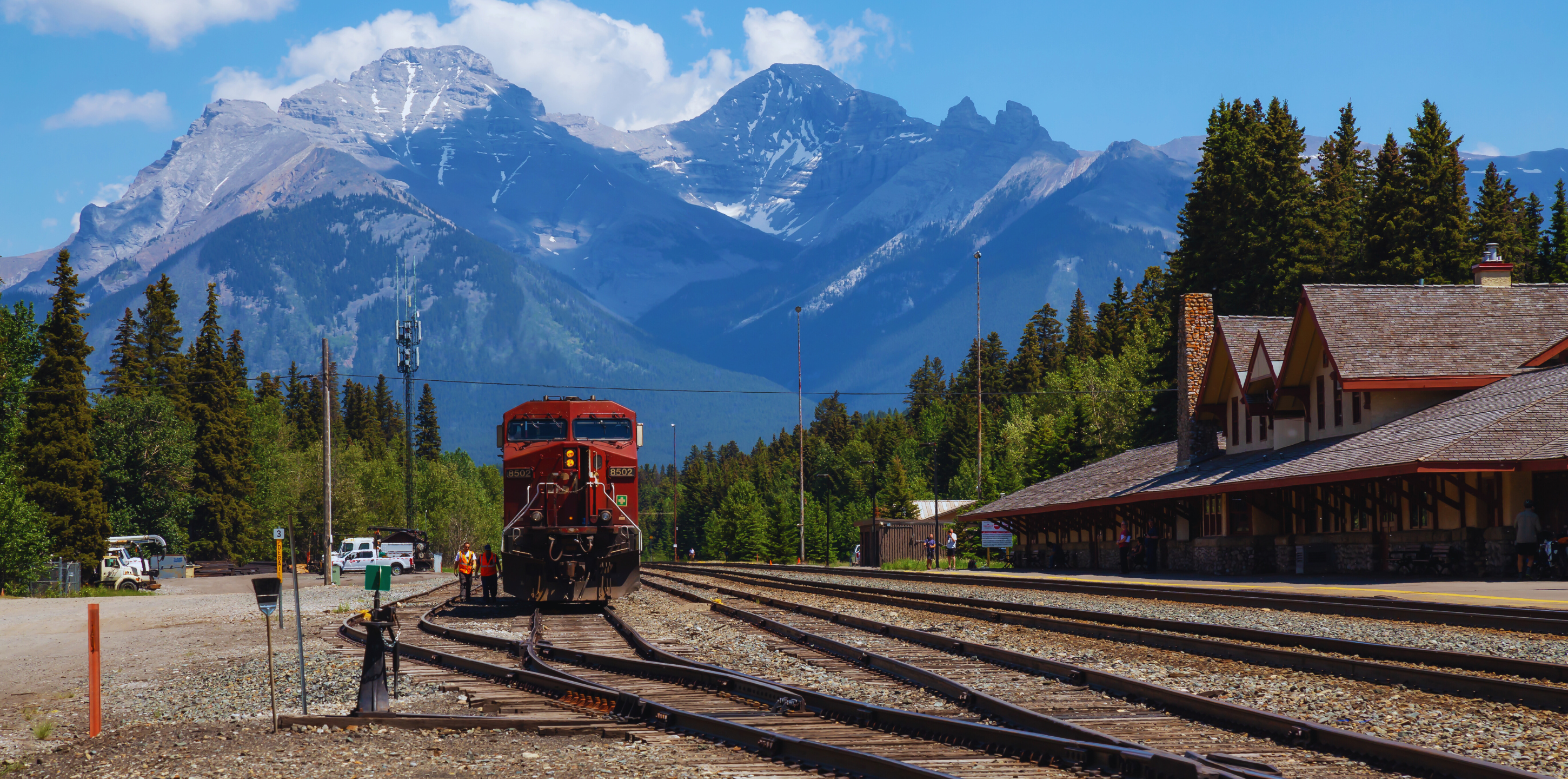
Banff Railway Lands Area Redevelopment Plan Goes to Public Hearing
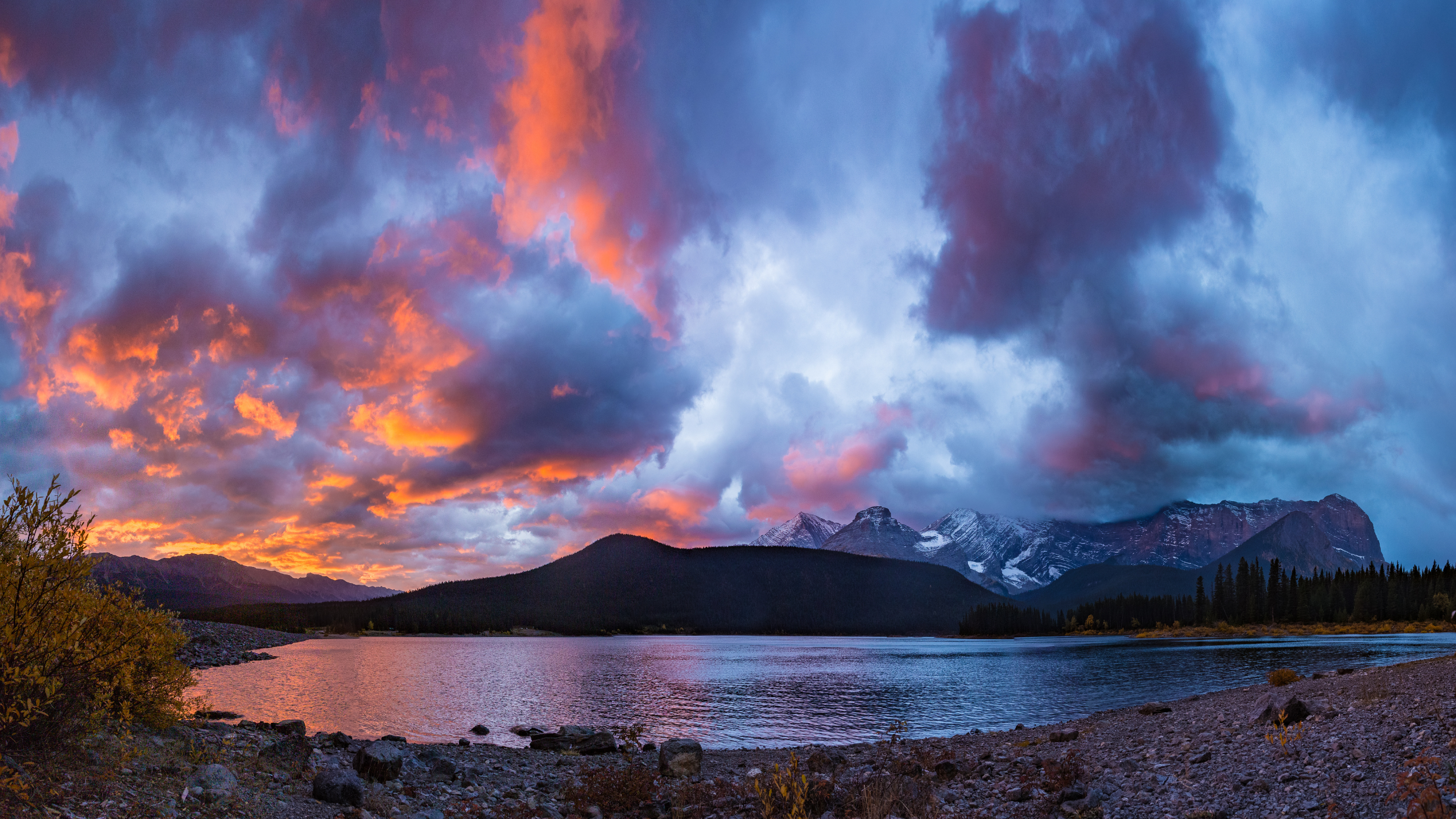
Government of Alberta’s Decision to Merge Ministries of Parks and Forestry an Alarming Development

